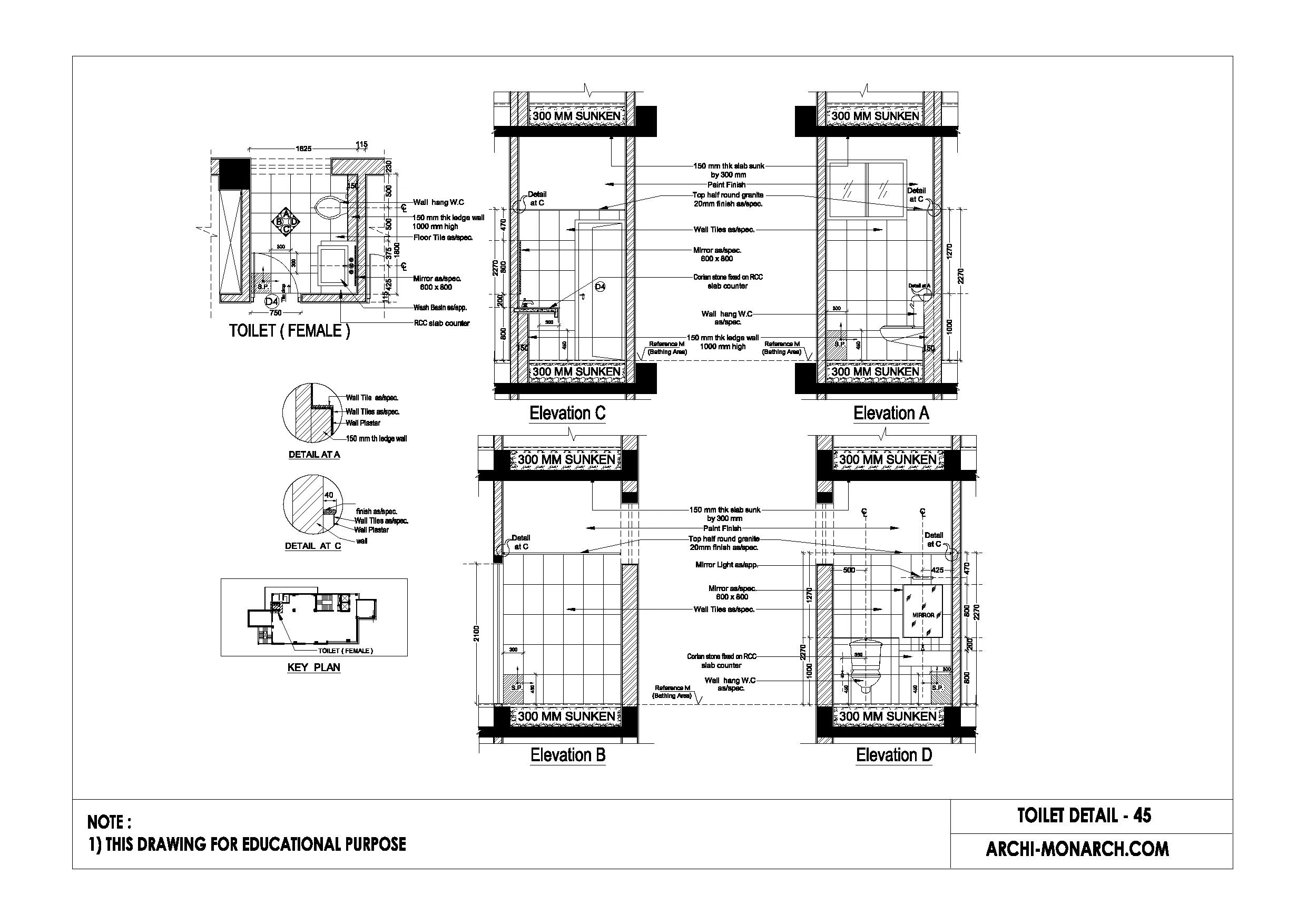Materials and Installation Techniques: Bathroom Ledge Wall Height

Bathroom ledge wall height – Bathroom ledge walls add functionality and style to any bathroom. Choosing the right materials and installation techniques is crucial for a durable and aesthetically pleasing result.
Common materials used for ledge walls include:
- Ceramic tile: Durable, water-resistant, and available in a wide range of colors and patterns.
- Natural stone: Luxurious, durable, and unique, but requires sealing.
- Acrylic: Lightweight, waterproof, and easy to clean, but can be prone to scratches.
- Glass: Stylish, modern, and easy to clean, but requires careful handling.
- Wood: Warm and inviting, but requires regular sealing to prevent water damage.
Installation involves:
- Preparation: Ensure the wall is level and clean.
- Mounting: Attach a ledger board to the wall as a base for the ledge.
- Finishing: Install the ledge material, grout if necessary, and seal.
Material selection depends on bathroom style and needs. For a classic look, opt for ceramic tile or natural stone. For a modern aesthetic, consider acrylic or glass. For a warm and inviting space, choose wood.
Design Ideas and Inspiration

Bathroom ledge walls offer a versatile and stylish way to add storage and decorative flair to your bathroom. They can be customized to fit any space and style, making them a great option for both small and large bathrooms.
When designing a ledge wall, there are a few things to keep in mind. First, consider the size and shape of the wall. A large wall can accommodate a longer ledge, while a smaller wall may be better suited for a shorter ledge or a series of smaller ledges. You’ll also want to consider the height of the ledge. A higher ledge can be used for storage, while a lower ledge can be used for display.
The material you choose for your ledge wall will also affect its look and feel. Tile is a popular choice for ledge walls, as it is durable and easy to clean. However, you can also use wood, stone, or even glass. If you’re using a material that is not waterproof, be sure to seal it before installing it.
Once you’ve chosen the size, shape, and material for your ledge wall, it’s time to start thinking about the design. There are endless possibilities when it comes to ledge wall design. You can create a simple ledge with clean lines, or you can add decorative details like moldings or carvings. You can also use different colors and textures to create a unique look.
Ledge Wall Design Ideas, Bathroom ledge wall height
Here are a few ledge wall design ideas to get you started:
- A simple ledge with clean lines is a great way to add storage to a small bathroom. You can use the ledge to store toiletries, towels, or other bathroom essentials.
- A ledge with decorative details, such as moldings or carvings, can add a touch of elegance to a bathroom. You can use this type of ledge to display your favorite artwork or collectibles.
- A ledge made from different colors and textures can create a unique and eye-catching look. You can use this type of ledge to add a pop of color to a neutral bathroom or to create a more eclectic look.
- A ledge that is built into the wall is a great way to save space. You can use this type of ledge to store toiletries or other bathroom essentials that you want to keep out of sight.
- A ledge that is used as a vanity can be a great way to create a more functional and stylish bathroom. You can use this type of ledge to store your toiletries, makeup, and other beauty products.